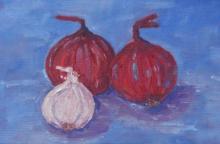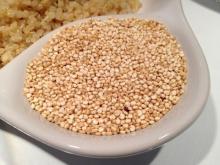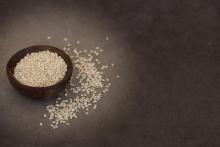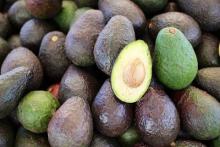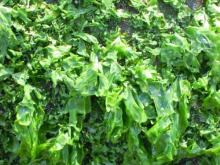Superfood 101: Wheat Germ!
Wheat germ is the reproductive part of a grain of wheat -- thus the term germ, meaning to germinate, which left to grow becomes wheat grass. It contains the most fat of the grain and is also the most nutrient rich. It has valuable health benefits, including preventing several major diseases, as well as aiding many other physical and mental functions.


